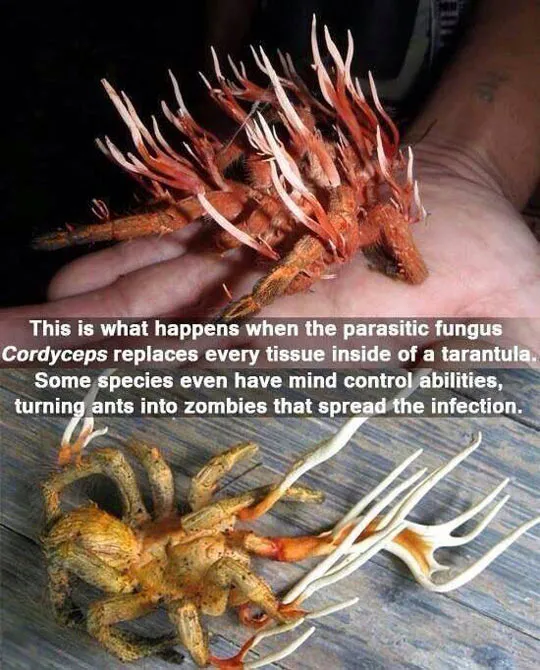What You Need to Know About Tarantula Bites
Tarantulas, with their imposing size and hairy bodies, often spark curiosity and sometimes, fear. Understanding tarantula bites and the potential risks involved is crucial for anyone who encounters these fascinating creatures, whether in the wild or as a pet. This article delves into the intricacies of tarantula bites, separating fact from fiction and providing essential information on venom, symptoms, first aid, and prevention. It’s important to approach these creatures with respect and knowledge, recognizing that while they may appear intimidating, understanding their nature is key to safe interactions.
Are Tarantulas Venomous?
The simple answer is yes, tarantulas are venomous. However, the potency of their venom and the effects of a bite are often less severe than commonly believed. Unlike some other venomous creatures, tarantula venom is not typically life-threatening to humans. The venom is primarily used for subduing prey, such as insects, and its effects on humans are usually localized. Understanding this distinction is vital in managing expectations and responding appropriately to a tarantula bite.
The Truth About Tarantula Venom

The composition of tarantula venom varies slightly depending on the species, but it generally contains a mix of enzymes, peptides, and other compounds. These substances primarily affect the nervous system of their prey, causing paralysis. In humans, the venom typically causes pain, swelling, and redness at the bite site. Severe reactions are rare, but it’s essential to monitor the symptoms and seek medical attention if necessary. The level of venom injected can also vary depending on the size and species of the tarantula, as well as the circumstances of the bite.
Symptoms of a Tarantula Bite
Recognizing the symptoms of a tarantula bite is the first step in providing appropriate care. While most bites are not serious, knowing what to expect can help in assessing the severity of the situation and determining the best course of action. Symptoms can vary depending on the individual and the species of tarantula, but some common signs include immediate pain, localized swelling, redness, and itching. More severe reactions are rare but can include muscle cramps, nausea, and in extreme cases, difficulty breathing. Always seek medical attention if unusual symptoms occur.
Immediate Reactions
Immediately after a tarantula bite, you can expect to experience sharp pain at the bite site. This pain is often followed by redness and swelling. The area may also feel warm to the touch. Some individuals may experience itching or a tingling sensation. These immediate reactions are typically localized and subside within a few hours or days. Keeping the area clean and monitoring for any signs of infection is essential during this initial phase. The intensity of the reaction can depend on the individual’s sensitivity and the amount of venom injected.
Potential Long-Term Effects

Fortunately, long-term effects from tarantula bites are rare. However, in some cases, individuals might experience lingering symptoms like mild discomfort or sensitivity at the bite site. Allergic reactions are also possible, though not common. In the unlikely event of a severe reaction, medical intervention is crucial to prevent complications. Consulting a healthcare professional can provide peace of mind and ensure appropriate treatment if any prolonged effects arise. Always monitor the bite area for any unusual changes or signs of infection.
First Aid for Tarantula Bites
Knowing how to provide first aid for a tarantula bite can help minimize discomfort and promote healing. While most bites are not life-threatening, proper care can prevent secondary infections and reduce the severity of the symptoms. The primary goal is to clean the wound, relieve pain, and prevent any complications. Keeping calm and following the recommended first-aid steps can make a significant difference in the recovery process. Always seek medical advice if symptoms worsen or if you have any concerns.
What to Do Immediately
Immediately after a tarantula bite, it’s important to stay calm and assess the situation. First, gently clean the bite area with mild soap and water. Apply a cool compress to help reduce swelling and pain. If possible, elevate the affected limb to minimize swelling. Avoid scratching the bite, as this can increase the risk of infection. Monitor the symptoms closely and seek medical attention if you experience any unusual or severe reactions. Taking these immediate steps can aid in recovery and reduce the potential for complications.
When to Seek Medical Attention

While most tarantula bites do not require medical attention, there are certain situations where it’s essential to seek professional help. If you experience severe symptoms, such as difficulty breathing, muscle cramps, or widespread swelling, go to the nearest emergency room immediately. If you are unsure of the species of the tarantula or if you have any underlying health conditions, it’s always a good idea to consult a doctor. Prompt medical attention can help to prevent complications and ensure the best possible outcome. Don’t hesitate to seek help if you are concerned.
Tarantula Bite Prevention Tips
The best way to deal with a tarantula bite is to avoid getting bitten in the first place. Understanding how to prevent bites is crucial, especially for individuals who interact with tarantulas, either as pet owners or in their natural environment. This involves practicing safe handling techniques, being aware of tarantula behavior, and taking precautions to minimize the risk of encounters. By following these guidelines, you can significantly reduce the chances of being bitten and enjoy a safer interaction with these fascinating creatures.
Safe Tarantula Handling
If you own a tarantula or need to handle one for any reason, safe handling techniques are essential. Always handle tarantulas over a soft surface, such as a bed or a carpet, to minimize the risk of injury if the spider falls. Use a gentle approach, avoiding sudden movements that could startle the tarantula. Avoid putting your hand directly in front of the spider; instead, encourage it to walk onto your hand. Be aware of the spider’s behavior and body language. If the tarantula appears agitated or defensive, it’s best to leave it alone. Proper handling can significantly reduce the risk of bites.
Preventing Bites in Your Home

To prevent tarantula bites in your home, it’s important to create a safe environment for both you and your pet tarantula. Keep the tarantula’s enclosure secure and regularly inspect it for any potential escape routes. If you have other pets or small children, supervise their interactions with the tarantula. Educate yourself and others in your household about tarantula behavior and the importance of responsible pet ownership. With proper precautions and awareness, you can minimize the risk of bites and enjoy a harmonious living environment with your tarantula.
In conclusion, while tarantula bites are not typically life-threatening, it’s essential to understand the facts about their venom and the appropriate steps to take in case of a bite. By educating yourself on the symptoms, first aid, and prevention tips, you can minimize the risks and interact with these fascinating creatures safely. Always prioritize your well-being and seek medical attention when necessary, ensuring a positive and safe experience with tarantulas.
